Emmy-Nominated “Barry” Cinematographer Carl Herse Steps into the Darkness for the Final Season
The life of a hired hitman may seem mysterious and exotic, but Barry has a blunt message for us all. No one is immune to insecurities, mundane moments, or our own very bad ideas. The series’ final season freed the characters to face their fates, be they heroic, humble, or humorous. Barry ended with tight and tense action where no one was able to outrun their past and step out into the light.
“I think what makes Barry interesting – and what I’m often compelled to when it comes to the stories that I personally like – is it reflects the real world,” cinematographer Carl Herse noted. “The world can be both tragic and silly all at once. The universe is kind of indifferent to that. Whether you’re having the best day of your life or the worst day of your life, that’s how your experience is, but the people around you their experience is not that. That was, for me, the perspective I wanted with the camera, and something Bill [Hader] and I talked about was taking these very objective points of view, and then you develop them into something that’s deeply subjective.”
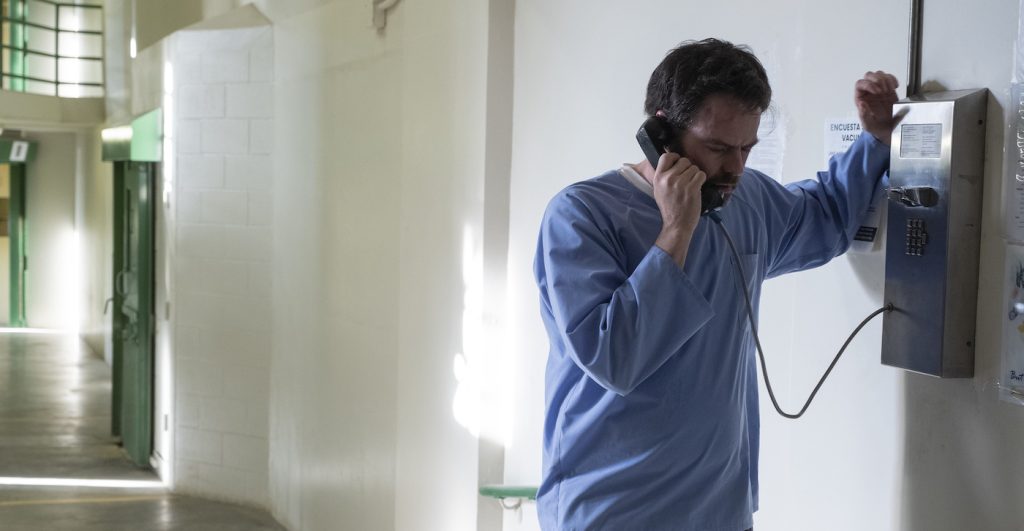
Herse jumped onto the project in season 3 and served as director of photography for all eight episodes of the final season of Barry. Co-creator and star Bill Hader directed the entirety of season 4. Although a hefty undertaking, Herse felt that the consistency of their collaboration made the process easier. “He and I got along so well, and [we] were just immediately on the same page about what the show should be, so we did it as one. Really, we treated the whole thing like a big movie. Instead of dealing with it episodically, we treated it like one big story.”
Herse is nominated for an Emmy for his work on the pivotal episode “Tricky Legacies,” which drops in on the fallout of Barry and Sally (Sarah Goldberg) going on the run. Eight years after they make a romantic pact to escape and live in hiding together, routine stresses, old habits, and the weight of their secret have taken a toll. They live cloistered lives with a son who doesn’t understand their fringe existence.
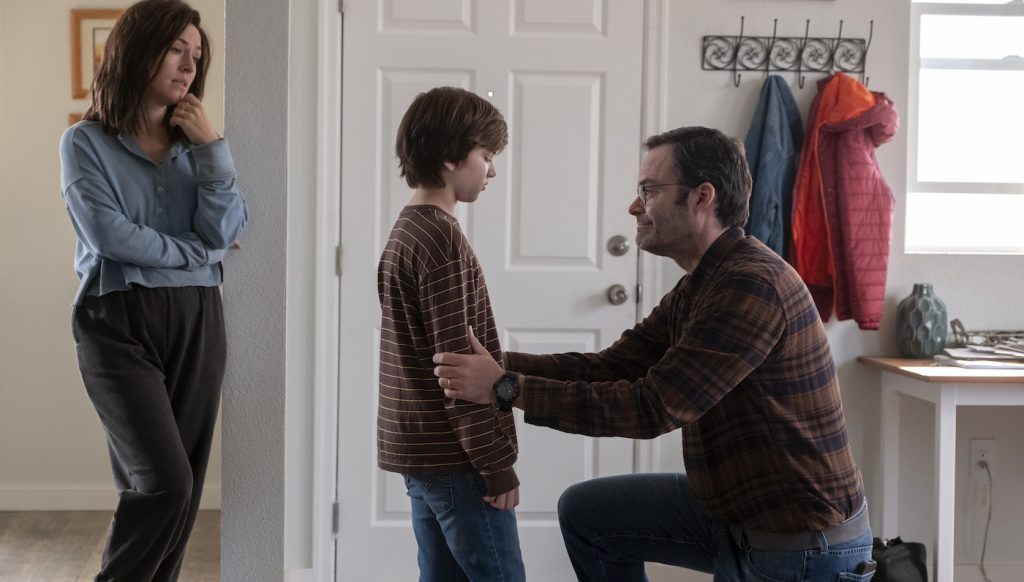
“We wanted darkness to feel tangible in the show,” Herse explained. “For ‘Tricky Legacies,’ I love that whole sequence with Barry and Sally where they’re sitting in the living room at the beginning because it’s this observational wide shot, but they each have these black windows right over their heads, so you feel this oppressive blackness hovering over them. Then the sequence of Bill hearing the knock and walking out the door is all told very much from his perspective. It’s all about what he can’t see that is so scary.”
An eerie and alien flatland plagues Barry’s visions throughout the season. In “Tricky Legacies,” that desolate spot is revealed to be the family’s hiding place. Despite the empty expanse around them, Barry and Sally grow paranoid that old enemies are closing in. Herse’s lighting becomes a threatening force.
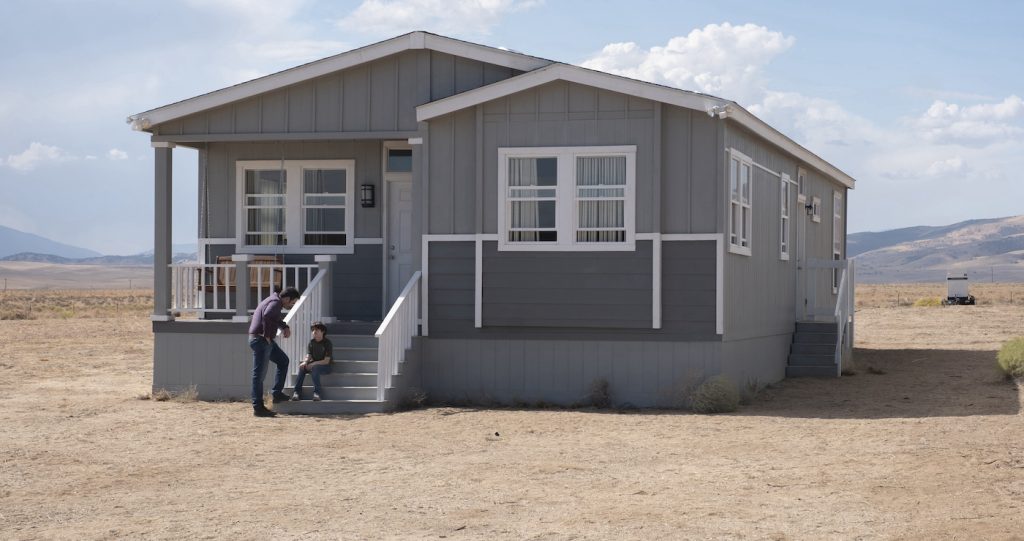
“When [Barry’s] standing out there at the edge of the yard, he’s facing down the darkness,” Herse said. “The goal that Bill and I talked about is [typically] when you shoot a big field at night, you would have cranes for a mile to light up trees or the landscape. We wanted it to feel like there was almost a wall. The darkness was at his doorstep, and he was staring it down, and even he couldn’t see ten feet in front of him. I love this episode because the whole thing feels like this gothic thriller. It almost feels like a supernatural thriller. There’s almost this ominous sense of uncertainty that hovers over the whole thing.”
Barry and Sally have tried to put their tumultuous past behind them. Now living quiet, domestic lives, they each cope with a crutch. For Barry, it is zealous religion while Sally turns to alcohol.
“Bill and I will watch something like Paris, Texas and fawn over how they could have shot a scene in such a magical sunset. Then when we scouted the shot of Sally walking at the gas station while she’s on the phone with Barry and drinking after work, we didn’t know we’d get a sunset like that, but you just design everything so that if you happen to get something interesting, it’s there,” Herse revealed. “It’s that preparation meets luck, and that’s what happened, and it just worked out beautifully. We could have shot that another 45 minutes because the sunset just kept getting better and better, but we knew we had it.”
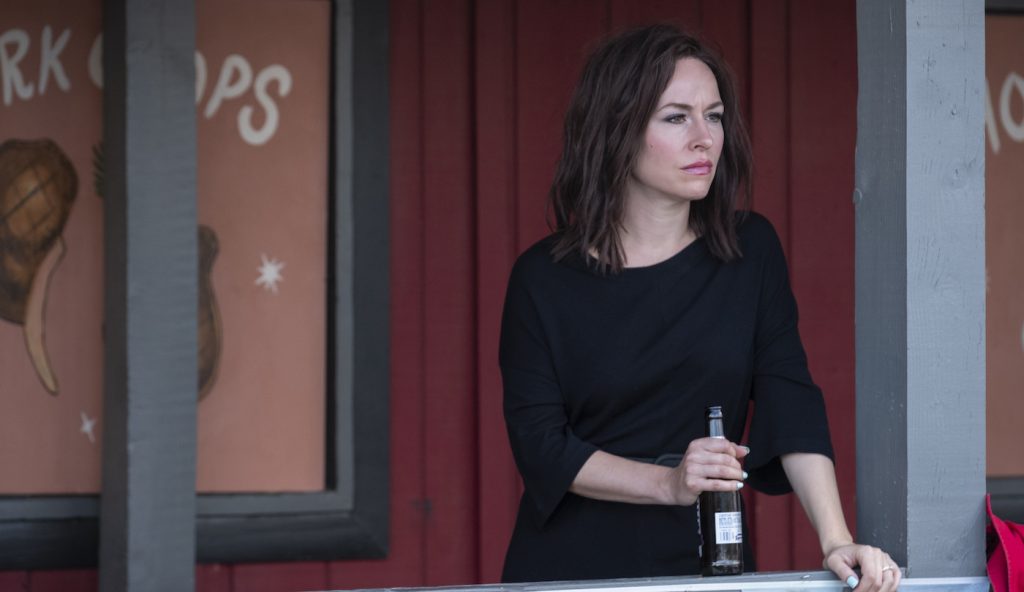
By stark contrast, the most talked about scene of the season takes place in an interrogation room with no windows. While Barry negotiates for his safety, a less-than-competent hitman played by Fred Armisen fumbles the job. During Barry’s incarceration, many scenes were filmed in a real maximum-security prison, but the botched assassination attempt was moved to a soundstage. Herse cites cinematographer Robby Müller’s work for inspiring him to feel free to mix lighting sources and qualities when striving for realism.
“A lot of times when you’re designing a set, everyone gets too hung up in the symmetry of the set, and when you walk into a real environment, no one is thinking about – especially if you’re designing a prison – how it would look through a camera,” Herse explained. “Just putting things up a little haphazardly, the lighting goes up in a weird way, the shadows are weird, and it’s really about trying to fight your urge to make things look perfect and symmetrical or the light to look beautiful. We purposely used mixed colored bulbs even within fixtures so that if you saw through the fixture, you’d see a warm fluorescent and a cool fluorescent because whoever the maintenance person would be in a real environment would not really pay attention to what color tubes would be going into that kind of stuff. Those are ways to create a sense of expression and also realism.”
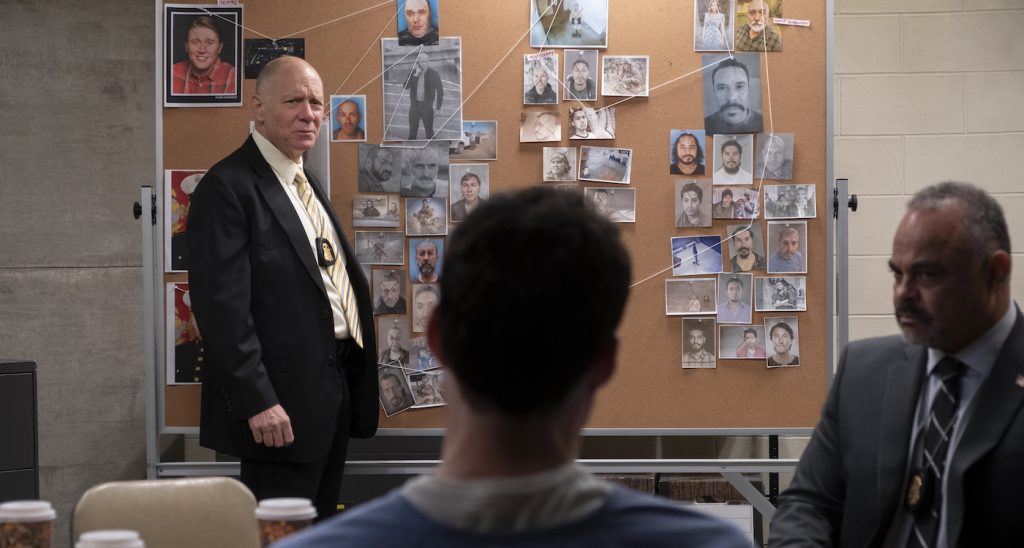
The most unnerving action of Barry is sometimes just off-screen. Early in the season, a guard attacks Barry in a stunning shot that Herse captured in a brilliant way. “Tricky Legacies” follows Sally into an anxious moment with a coworker in the bathroom. Herse explained how manipulating the camera’s perspective can shift the meaning of a scene.
“We oftentimes try to start with something that feels more objective like the indifferent universe, and then you start slowly pushing in and realizing what the scene is about and trying to express the tension that is building throughout that scene,” he said. “I think that scene with Sally is a perfect example because it starts as a wide observational two shot that is slowly pushing in. Normally, something like that would end with something we call a 50/50, which is two people in a tight profile shot. But the way it was blocked, it becomes very much over Sally onto Bevel (Spenser Granese). Now you’re telling this story that it’s this cat-and-mouse game where she’s in total control. That is all told as one shot, which we found to be very interesting.”
Sally’s fall is punctuated by the success of her rival, Natalie (D’Arcy Carden). Sally obsessively follows Natalie’s career, watching her hit show Just Desserts, even tuning in for bonus material. Herse filmed those clips as well, even though they are wildly different in tone than Barry. “It was nice because there was a lot of heaviness that had to be shot in the final few episodes. The comedy was there, and Bill is so funny, and everyone is so friendly with one another. It was fun to end the show in an upbeat way with these silly stories that didn’t match our film language. It was fun to flex different muscles. I would be terrified to shoot a 3-camera sitcom because I’ve never done it. That was a whole conversation between Bill and me. As people who have never done it before, how close do we need to be to what it would be?”
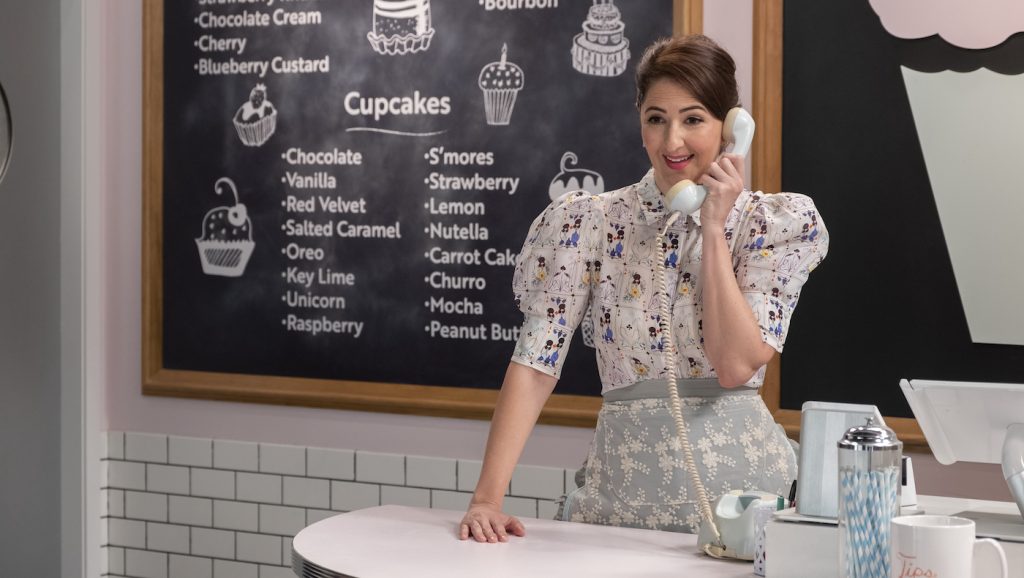
The final season was saturated with interesting framing, lighting, and perspectives, but Herse stands by “Tricky Legacies” as some of his best work. “I chose this episode in particular because I felt like we were able to use the camera to really inform the audience in a way that you always try to do, but Bill and I both came out of this episode thinking we had a tone in mind, a vision in mind, and we felt like we pulled it off for the most part. It was something we were really excited to share with people.”
Barry is available to stream on Max.
For more on Barry, check out these stories:
“Barry” Editor Ali Greer on Cutting Her Way Through a Brilliant Final Season
“Barry” Season 4 Review Round-Up: A Stunning Coda For Bill Hader’s Hitman Series
“Barry” Cinematographer Carl Herse on Lighting Season 3’s Dark Path
Bill Hader on Bringing Up “Barry”
Featured image: L-r: Bill Hader and Sarah Goldberg in “Barry” season 4. Courtesy Max.



